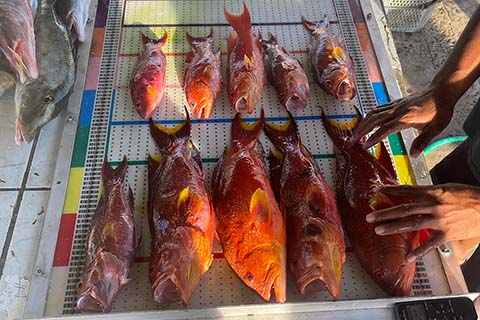The commons refers to resources to that are shared by many people. Beginning in the 1980s, an interdisciplinary body of “commons scholarship” has focused on understanding the conditions under which communities are able to self-organize governance to sustainably manage commons such as fisheries, forests, or groundwater. In 2009, Elinor Ostrom became the first woman to win the Nobel Prize in Economics for her ground-breaking work on this topic.
Much of the early research on the commons focused on small-scale, community-based resource systems, in part, because governance processes are easier to observe in less complex systems. We need new research and theory that can help us grapple with the governance of larger and more complex commons.
We are contributing to this next generation of commons scholarship through research on polycentric governance. “Polycentric” literally means multiple centers. It refers to a complex form of governance with multiple, overlapping decision-making centers that interact over space and time. Our research on polycentric governance is both theoretical and applied. Our theoretical work is aimed at building shared understanding of the attributes, enabling conditions, and benefits of polycentric governance for larger scale, more complex commons. We are also conducting empirical research on how polycentric governance functions in the real world to ground-truth and add nuance to our theories, and develop applied insights that can guide policy and practice.
Select publications
Acton, L, Gruby, R.L. ‘Alohi Nakachi. "Does polycentricity fit? Linking social fit with polycentric governance in a large-scale marine protected area." Journal of Environmental Management 290 (2021): 112613.
Carlisle, K., & Gruby, R. L. (2019). Polycentric systems of governance: A theoretical model for the commons. Policy Studies Journal, 47(4), 927-952.
Gruby, R.L. & Basurto, X. (2013) Multi-level governance for large marine commons: Politics and polycentricity in Palau’s protected area network. Environmental Science and Policy 33: 260-272.





